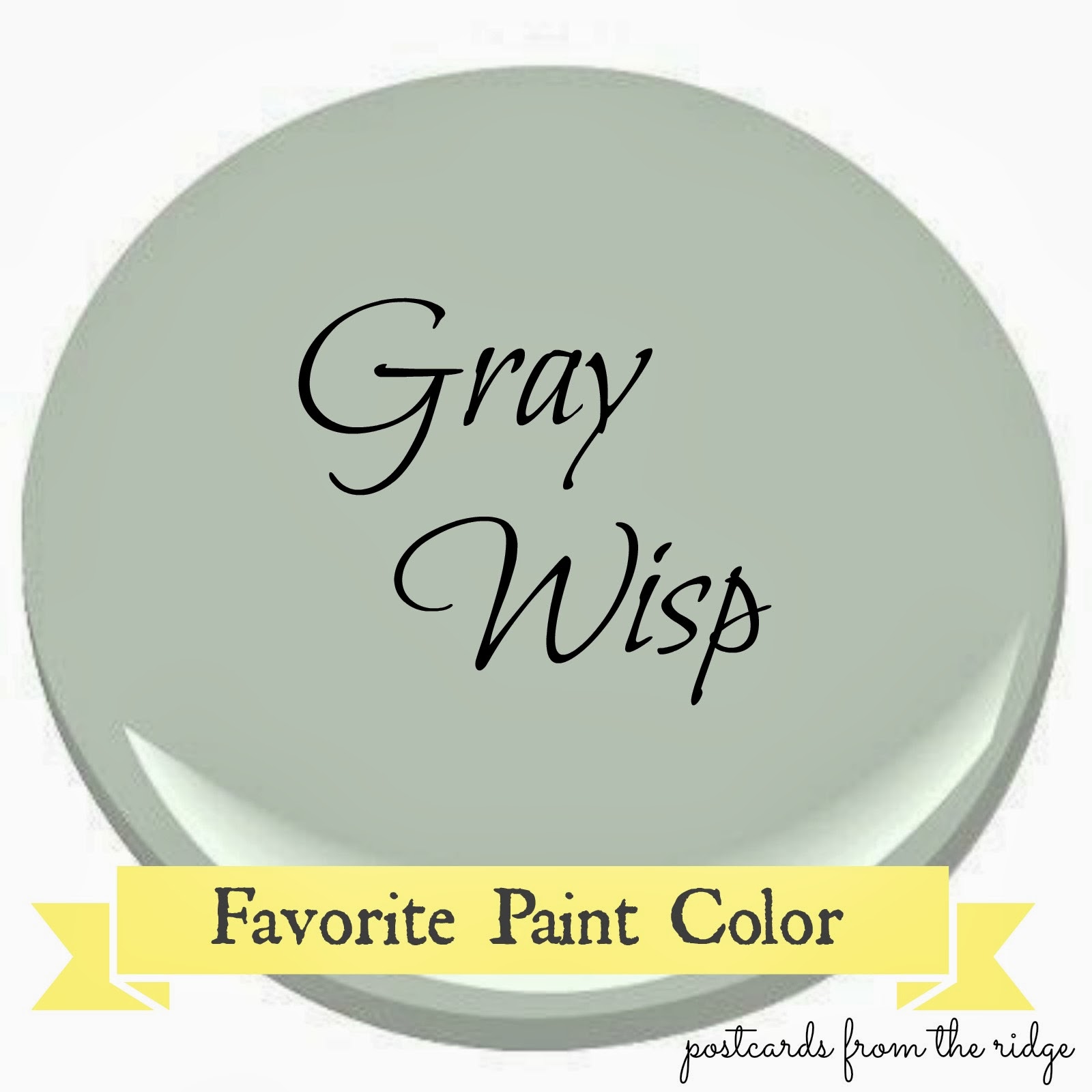Decoding Benjamin Moore Gray Green: The Ultimate Guide
Is there a paint color more enigmatic, more versatile, more capable of transforming a room than a perfectly balanced gray green? Benjamin Moore, a titan in the paint industry, offers a stunning array of these complex hues, leaving homeowners and designers alike spoilt for choice. But navigating this nuanced world can be challenging. This guide dives deep into the world of Benjamin Moore gray green, providing the insights you need to confidently select and implement the perfect shade for your next project.
Benjamin Moore gray greens are not simply a mix of gray and green. They encompass a spectrum of shades, from subtle hints of green in a predominantly gray base to vibrant, almost teal-like tones. These variations are achieved through careful manipulation of undertones, incorporating subtle hints of blue, yellow, or even brown. Understanding these undertones is crucial to selecting a gray green that harmonizes with your existing décor and lighting.
The popularity of gray green paint colors like those offered by Benjamin Moore can be attributed to their inherent versatility. They can create a calming, spa-like atmosphere in a bathroom, a sophisticated backdrop in a living room, or a refreshing and invigorating feel in a kitchen. They pair beautifully with natural materials like wood and stone, and can be accented with both warm and cool tones, making them an incredibly adaptable choice for any space.
One common issue when working with gray greens is the potential for them to appear too cool or sterile, especially in rooms with limited natural light. This can be mitigated by carefully considering the undertones and opting for shades with warmer, yellow or brown influences. Additionally, incorporating warm lighting and textured fabrics can help balance the coolness of the paint and create a more inviting atmosphere.
Choosing the right Benjamin Moore gray green can feel daunting given the wide array of options. However, understanding the nuances of each shade empowers you to make an informed decision. For example, a gray green with blue undertones can create a tranquil and serene ambiance, while a gray green with yellow undertones offers a more energetic and uplifting feel. Consider the mood you want to create in the space and the existing décor before settling on a particular shade.
Benjamin Moore offers numerous popular gray green shades, such as the tranquil "Quiet Moments", the sophisticated "Coventry Gray", and the refreshing "Saybrook Sage". Each of these hues boasts unique undertones that contribute to their overall character. Consulting Benjamin Moore’s color palettes and online resources can provide valuable insights and inspiration.
Three key benefits of opting for a Benjamin Moore gray green include its versatility, its calming effect, and its ability to enhance natural light. The versatility allows for seamless integration into various design styles, from traditional to contemporary. The calming effect creates a tranquil and relaxing atmosphere, making it ideal for bedrooms and living areas. Finally, certain shades can subtly reflect natural light, brightening a room and making it feel more spacious.
Advantages and Disadvantages of Benjamin Moore Gray Green
| Advantages | Disadvantages |
|---|---|
| Versatile and adaptable to various design styles | Can appear too cool or sterile in certain lighting conditions |
| Creates a calming and relaxing atmosphere | Requires careful consideration of undertones |
| Can enhance natural light and brighten a room | May clash with certain color palettes if not chosen carefully |
Best Practices for Implementing Benjamin Moore Gray Green:
1. Test paint samples in different lighting conditions.
2. Consider the existing décor and furnishings.
3. Use primer to ensure even coverage and color accuracy.
4. Incorporate warm lighting and textures to balance coolness.
5. Consult with a design professional for personalized guidance.
Frequently Asked Questions:
1. What are the most popular Benjamin Moore gray green shades? (Answer: Varies by preference, but some popular choices include…)
2. How do I choose the right gray green for my space? (Answer: Consider lighting, existing décor, and desired mood.)
3. What are the undertones to consider with gray green paint? (Answer: Blue, yellow, brown, etc.)
4. Can I use gray green in a small room? (Answer: Yes, with appropriate lighting and accents.)
5. What colors complement gray green? (Answer: Whites, creams, blues, browns, etc.)
6. How do I prevent gray green from looking too cool? (Answer: Incorporate warm lighting and textures.)
7. Where can I find inspiration for using Benjamin Moore gray green? (Answer: Online resources, magazines, design blogs.)
8. What is the best finish for gray green paint? (Answer: Depends on the room and desired effect - matte, eggshell, satin, etc.)
In conclusion, Benjamin Moore gray green paints offer a versatile and sophisticated palette for transforming any space. By understanding the nuances of undertones, lighting, and complementary colors, you can harness the power of this versatile hue to create a truly captivating environment. From calming bedrooms to vibrant living areas, the possibilities are endless. Explore the diverse range of Benjamin Moore gray greens and unlock the transformative potential for your next design project. Embrace the subtle complexity of gray green and create a space that reflects your unique style and vision.
Unleash your inner artist exploring the world of paint and sip
Unlocking ap classroom unit 6 your guide to progress check mastery
Finding closure and connection exploring obituaries in the rhein neckar zeitung


.png)











